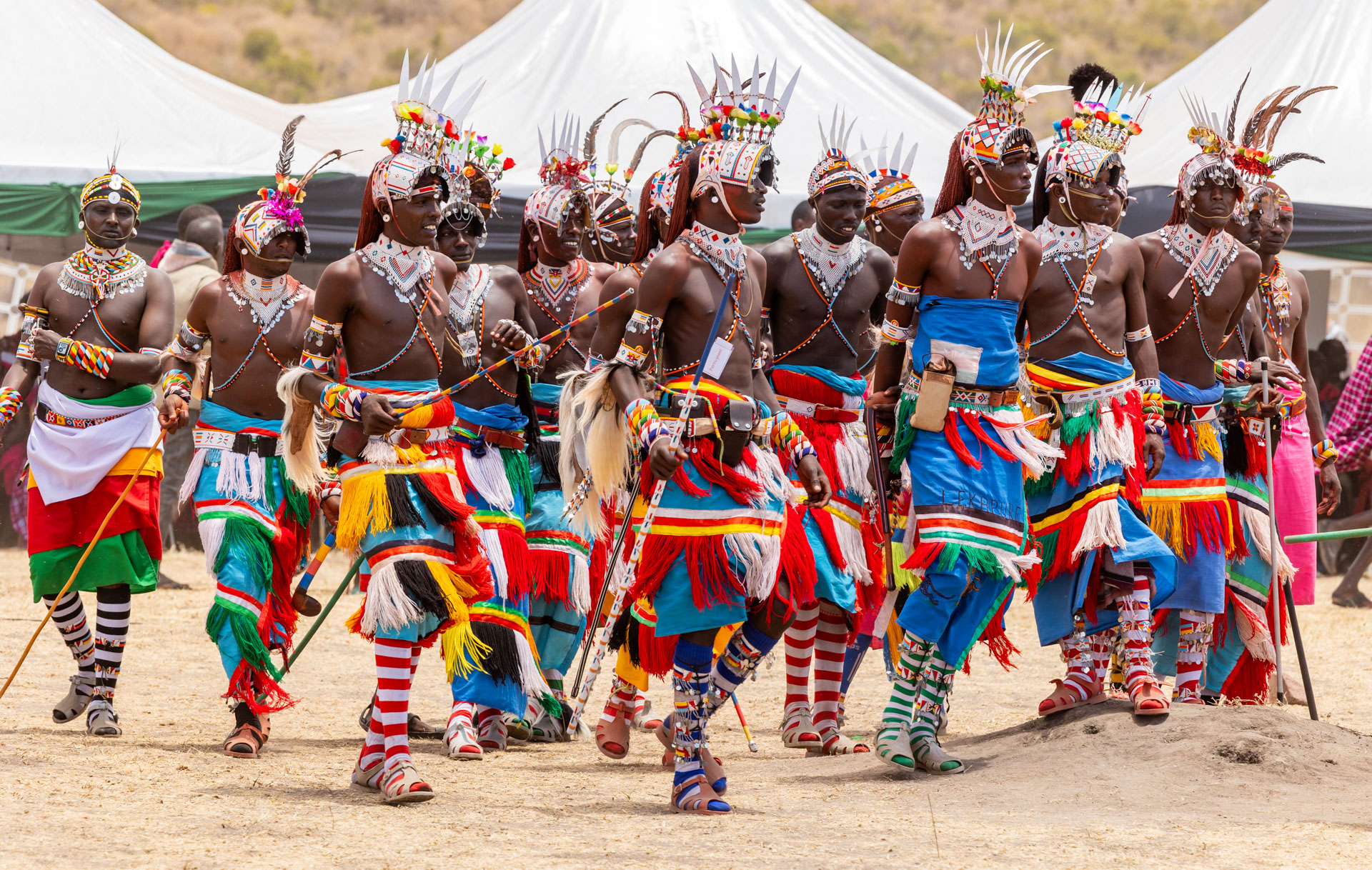
Surrounded by many hues of red and other vibrant colours, the sounds of singing, shows of dancing and the smell of traditional cooking — the Maa Cultural Week was a feast for the senses. From the moment I arrived at this celebration of Maasai communities, my colleague, Joseph, and I could not stop from lifting our lenses as everything was eye-catching and photo-worthy.

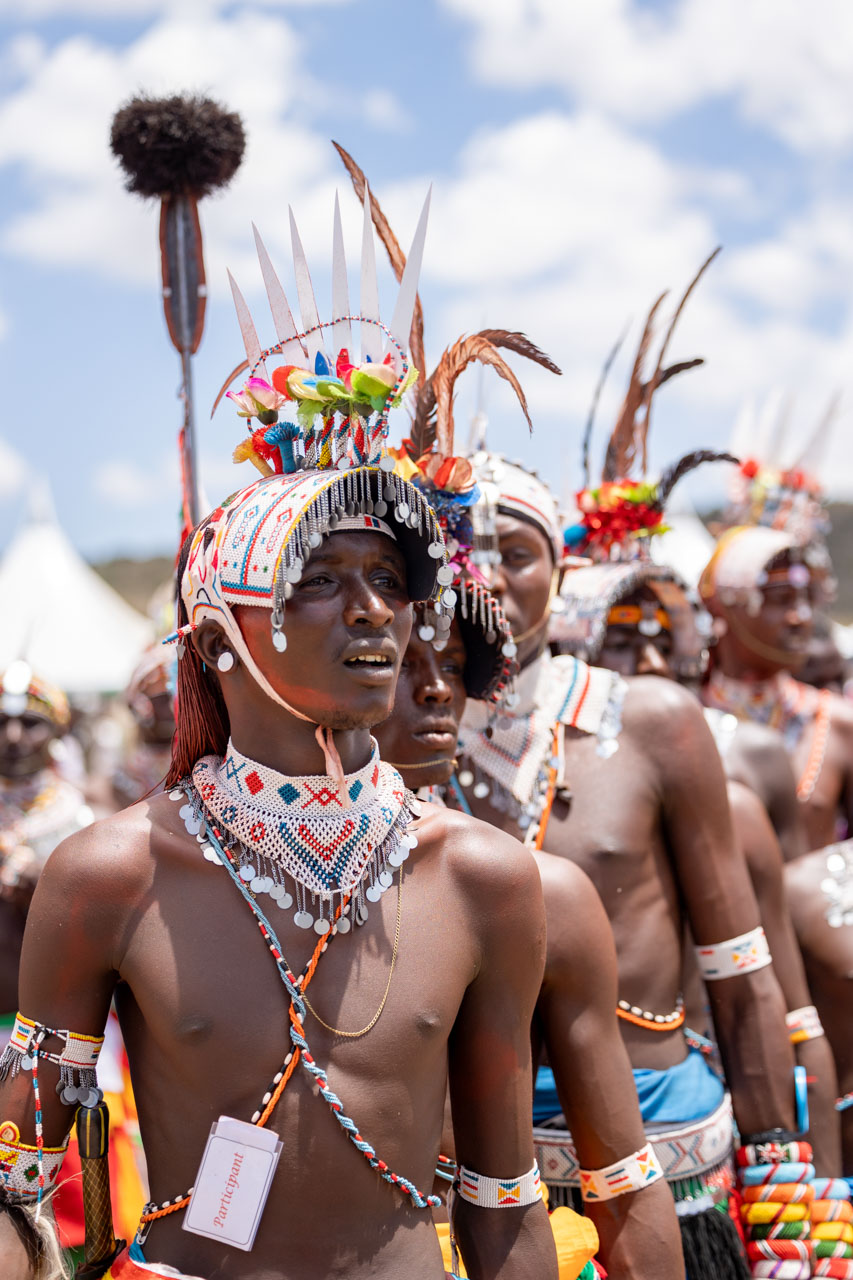
The four-day inaugural Maa Cultural Week took place at Sekenani Gate in the Maasai Mara from 21-24 August. The event brought together thousands of Maasai from Narok, Kajiado, Laikipia, Marsabit, Baringo and Samburu counties to showcase their culture. A first in several generations, the event was themed 'M’aasinat Ai Olkerreti Lang’ meaning ‘My Maa Nation, My Cultural Heritage’.
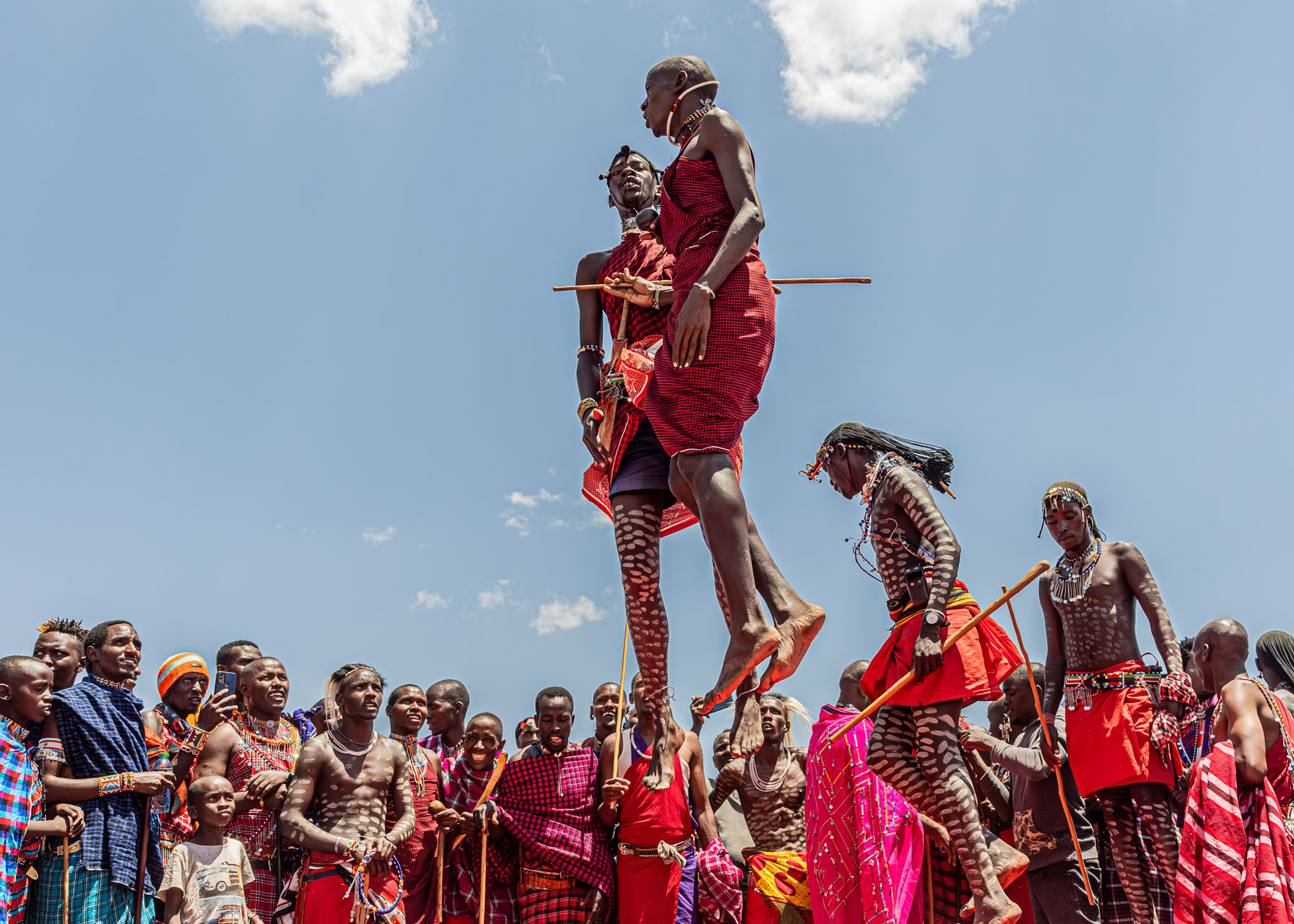
Despite comprising many different geographical locations and identities, the 18 communities share most of their cultural elements. However, each community has something that distinguishes them from the others, from the unique beadwork and patterns, to dance styles, as well as their own dialect of the Maa language. There was also a sense of competition between them as the various sports activities, which are deeply embedded in the Maa communities, saw young warriors fight it out through jumping, throwing rungus, spear throwing and wrestling.


Maasai fashion was on full display as the traditional and sacred ornaments, bracelets, necklaces and head gears were showcased. The traditional wear of the Samburu community especially captured my attention (and camera) with their more colourful and extensive beadwork which covered their heads, necks, hands and legs.
The event is part of an initiative to boost tourism by adding a cultural component for visitors. Considered one of the greatest cultures in Africa, the Maasai contribute to many different cultural tours and excursions in Maasai lands. The main idea behind this annual festival is to attract those who visit Kenya to witness all the different Maasai communities in one place — showcasing the different traditions in the form of clothing, dances and more. This tourism will then raise revenue and provide an opportunity for conservationists around the world to meet and discuss conservation matters. The event intentionally coincides with the spectacular Great Migration of wildebeest from Serengeti National Park in Tanzania to Maasai Mara in Kenya, as this is when most visitors to Kenya make the trip.
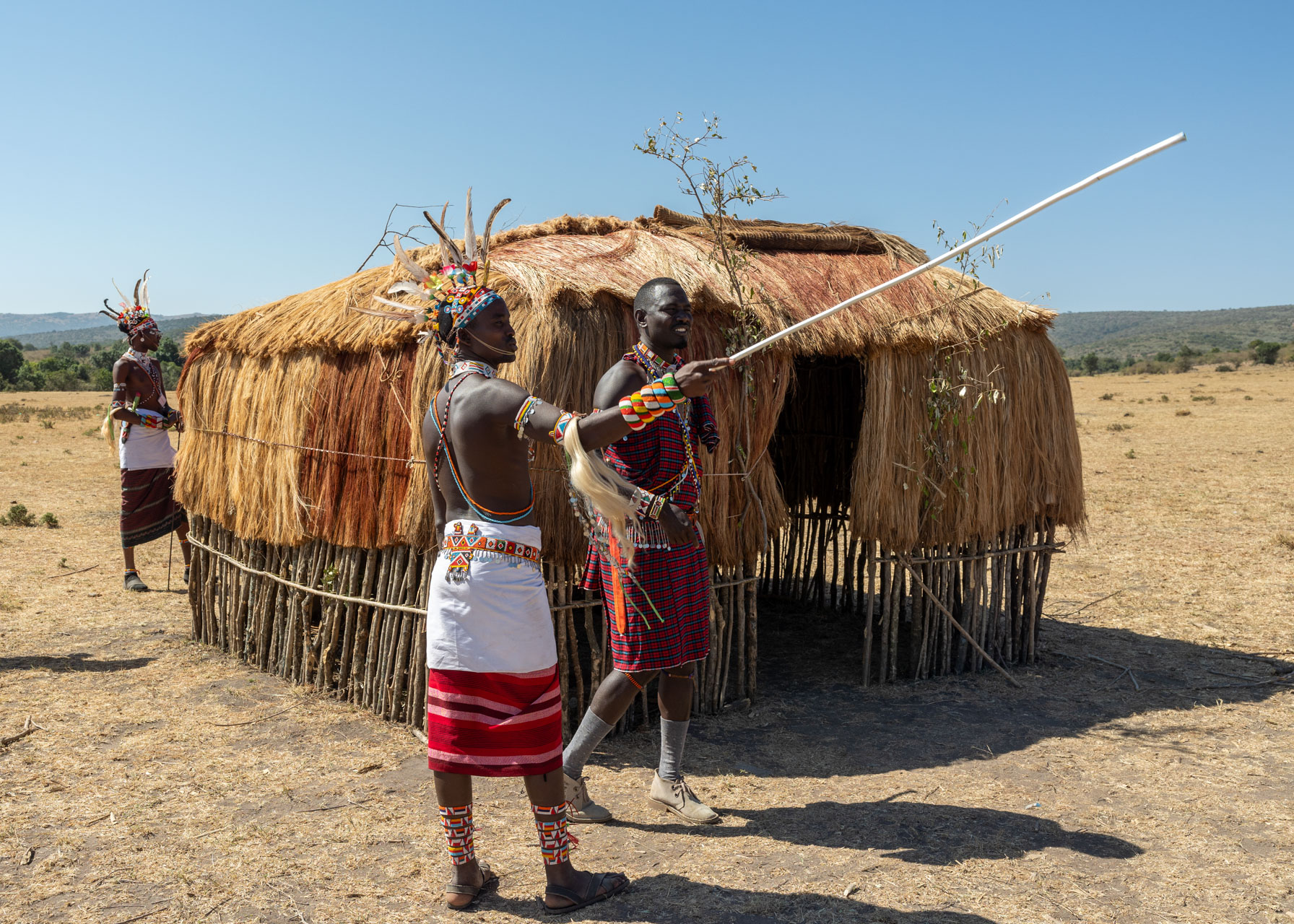
Scores of young men were sweating it out as they roasted meat, while well-adorned women tended to stalls showcasing the various cultural artefacts. The different Maasai huts were also on display from different communities which are traditionally run by the Maa women who take charge of the home, from building to upkeep. The homes are built using sticks and grasses, mud and cow dung, which makes them easy to set up and be ready to move at any given time.
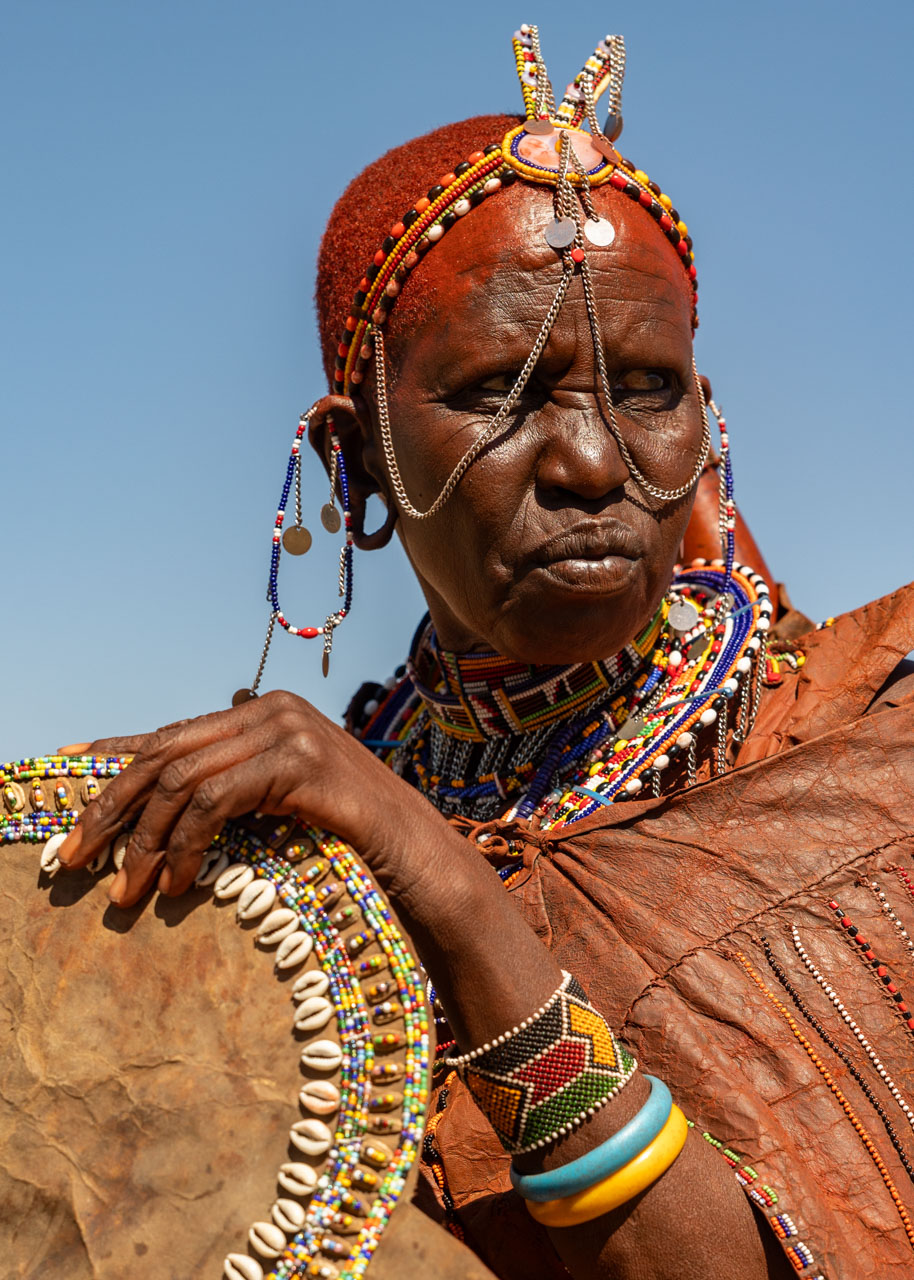
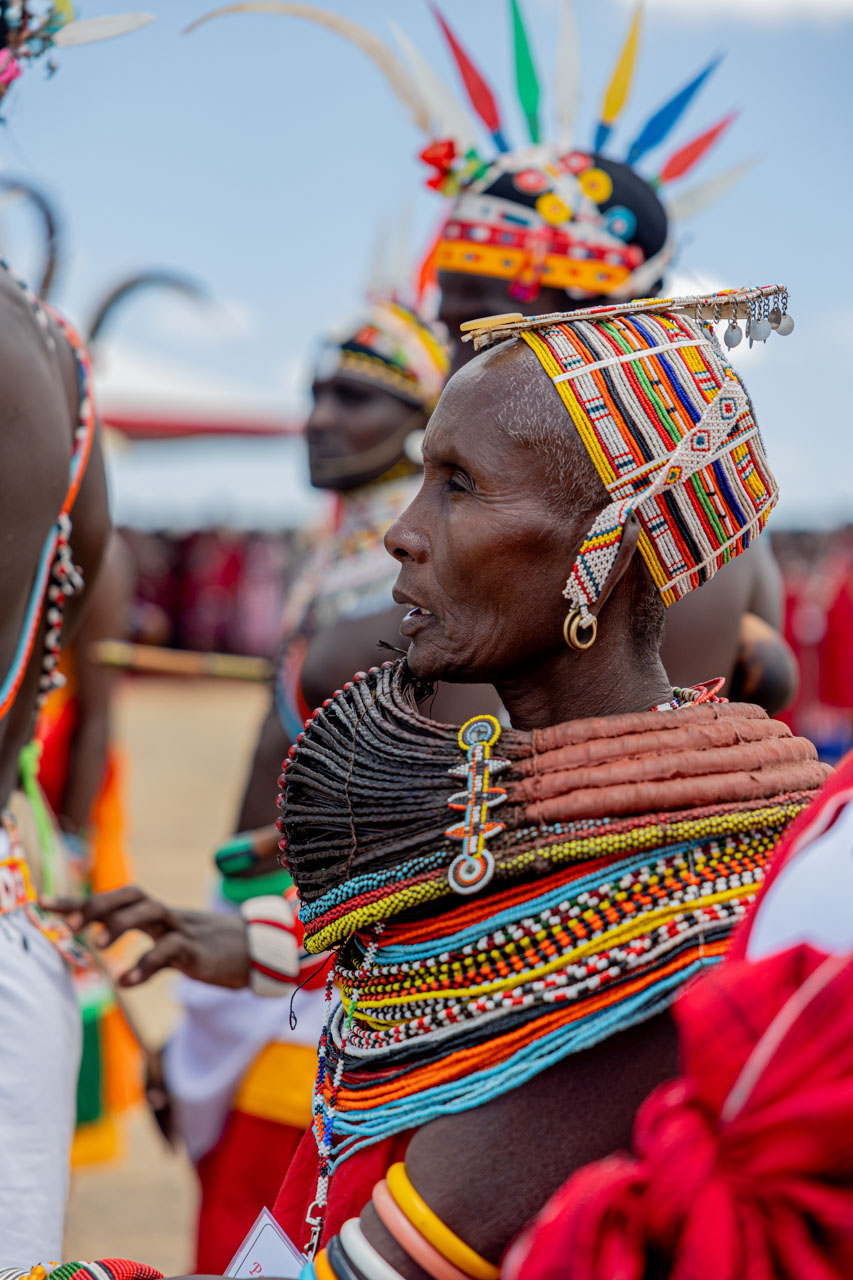
Besides the dung for the homes, cattle are an integral part of the Maa communities. A ‘Maa and His Cattle’ day took place during the week — where the different Maasai communities displayed various cattle with different colour brands. Later in the day, there was even an auction so that different communities could acquire different breeds — as some are considered to be superior.
This event was led by three governors from their communities, namely Narok County Governor Patrick Ole Ntutu, Joseph Ole Lenku from Kajiado and Jonathan Leleliit from Samburu. They were also joined by members of Parliament among other leaders including President William Ruto and Deputy President Rigathi Gachagua.
Beyond celebrating Maa traditions, this annual festival was seen as a way of uniting and preserving the Maasai culture. Leaders urged the elders to instil, conserve and pass on knowledge and ways of life to the upcoming generations. Destined to continue, the second edition of the Maa Cultural Week will be staged at Samburu National Park next year.
Filed under: Stories From The Mara
Subscribe for Weekly Stories
Comments (1):
3 September 2023
What a magnificent celebration this sounds - and the fabulous photographs a wonderful testimony
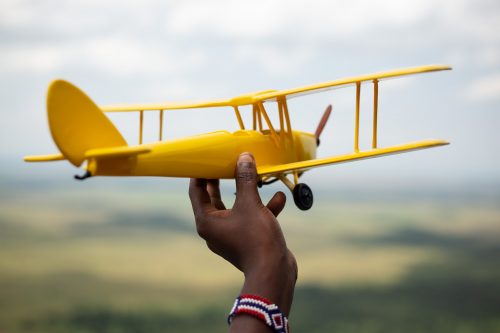
Out of Africa